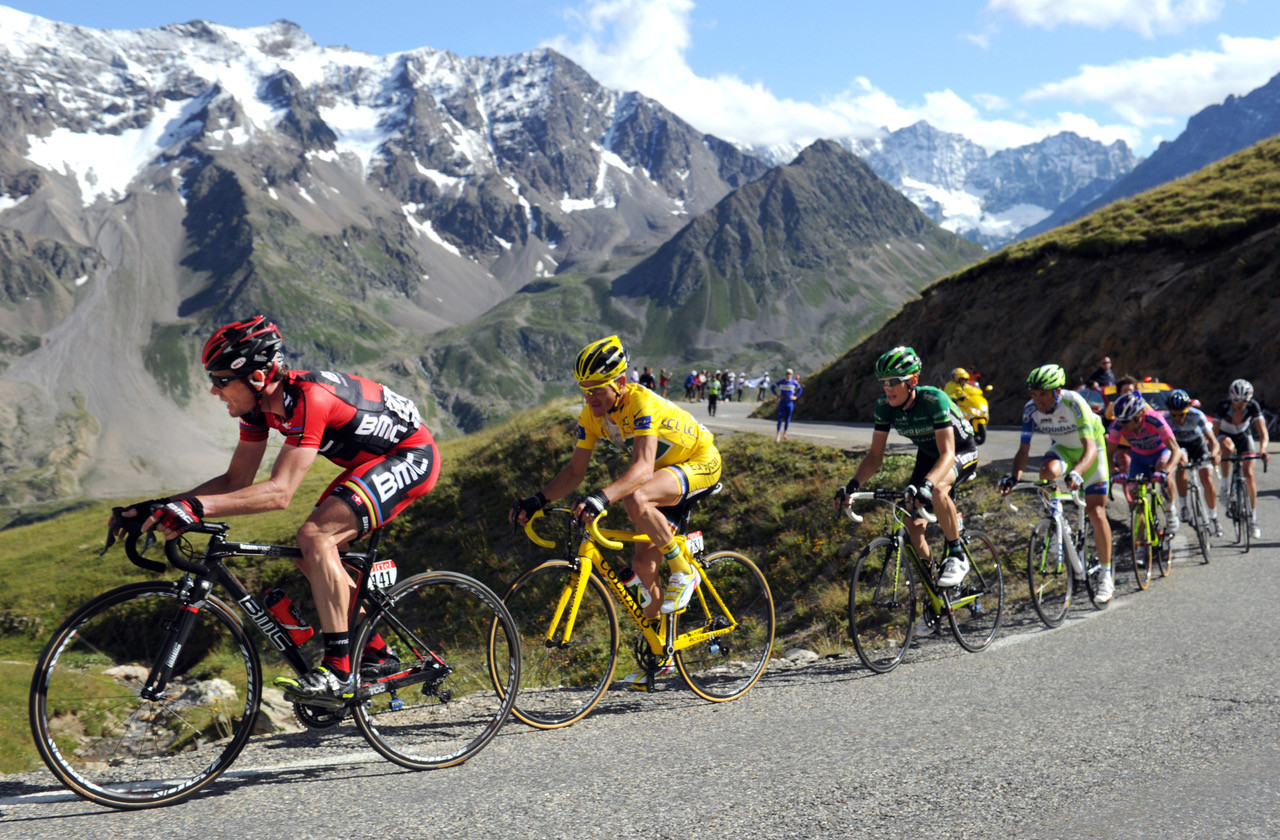We’re not quite there yet but it’s coming quickly. 2026 will be 15 years since Cadel achieved what was previously thought ‘unachievable’ for an Aussie – winning the 2011 Tour de France. We will reflect on this marvellous time in more detail with the man himself over the ensuing four months leading into the 2026 Mapei Cadel Evans Great Ocean Road Race, but for now a little trip down memory lane.
Respected sports journalist Keiran Pender once wrote in The Guardian “in Australian cycling, there are two eras: BC and AC. In 2011 Cadel changed everything. In a moment, his yellow jersey triumph demarcated Australian cycling for ever: Before Cadel and After Cadel”.
It was quite the compliment, dressed up as an observation and one that the refreshingly humble Cadel would no doubt disagree with. But Pender’s point has an inescapable truth. Cadel’s Tour de France victory in 2011 changed the game. He continued “Cadel now needs no introduction; he has become known across the country by his first name alone. Aptly, for someone whose own love of cycling was supercharged by Tour de France broadcasts on SBS, Evans’ win turned the three-week race into annual appointment viewing for millions of Australians”.
Cadel wasn’t meant to win in 2011. No, the popular theory of the time was that Cadel’s window had passed and at 34 he was no longer a serious threat to win the greatest race of them all. But they didn’t really know Cadel.
It wasn’t as if he was an unknown. In fact it was far from that, given his glittering resume of results breaking new ground for Aussie riders, among them two painstakingly close second place finishes in the aforementioned Le Tour and a rainbow jersey as the 2009 UCI Road World Champion.
But Pender reflected that something was brewing for Cadel. “From the start 2011 felt different. Evans finished second on the opening stage, before nabbing a stage win – the third of his career – a few days later. The Australian remained in general classification contention across the first week, then the second, and then early through the third. The yellow jersey was within reach. But on stage 18, with only a handful of days to go, Evans’ campaign almost fell apart. The weary peloton were facing down the mighty Col du Galibier, the highest stage finish. With 60km remaining, a general classification rival, Andy Schleck, attacked on the Col d’Izoard to establish a sizeable advantage – looking to take the yellow jersey and build a sufficient time gap with only one mountain stage and a penultimate day time trial to go”.
Could history repeat a cruel third time for Cadel? “There was a sense of deja vu. Twice before Evans had not quite been able to make up the general classification gap during the last time trial. As Schleck extended his virtual lead, the seconds Evans would need to make up in the race against the clock in Grenoble ticked upwards. The peloton squabbled over who would commit to the chase. But with less than 10km to go up the Galibier, Evans moved to the front of the chasing group and began to grind. Every second regained from Schleck would make the difference two days later. The yellow jersey was in the balance. “Despite everyone panicking,” Evans recalled a decade later, “you learn to stay calm and just concentrate on what you need to do. I really had to put all my years of experience to use that day, on that final climb, and just ride the fastest tempo I could.”
“It was a remarkable, almost single-handed chase; in the end, Evans crossed the line two minutes down from Schleck – only a minute back in the overall standings. He survived a mechanical scare the next day before convincingly beating Schleck in the time trial on the streets of Grenoble, overturning the deficit and winning the Tour de France by more than 90 seconds”.
And with that, Australian cycling changed forever – BC, AC.
